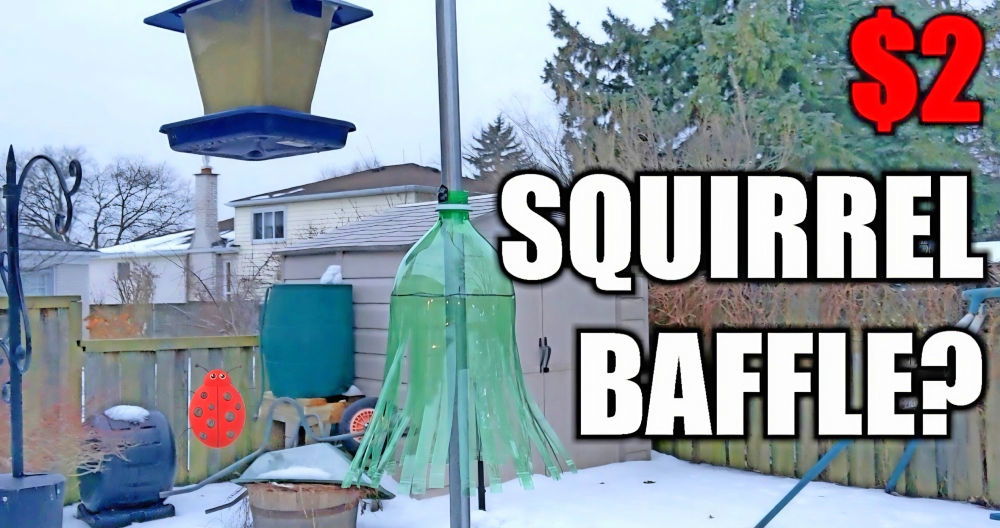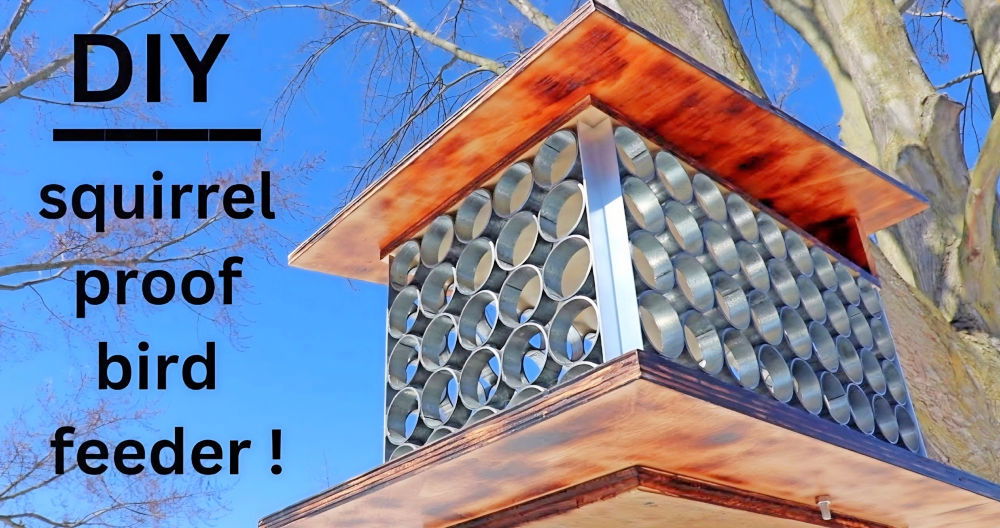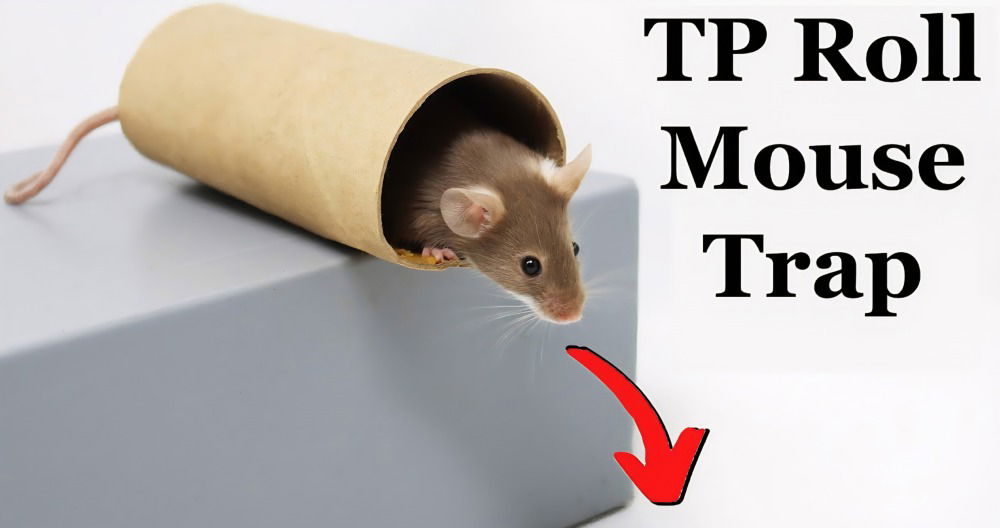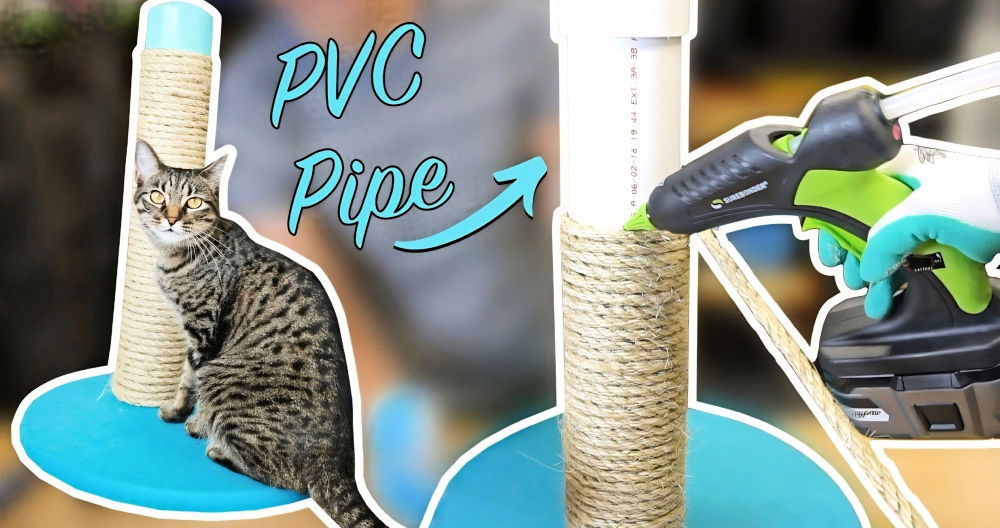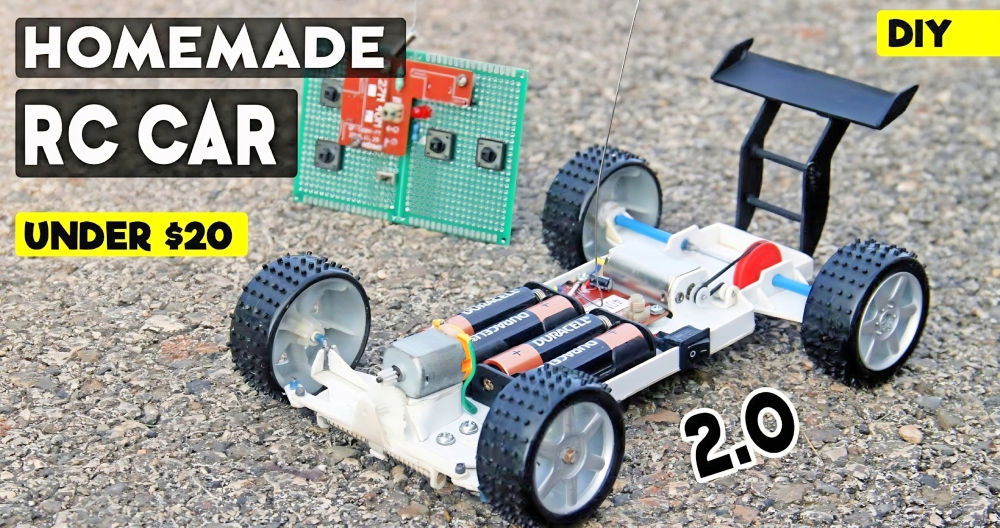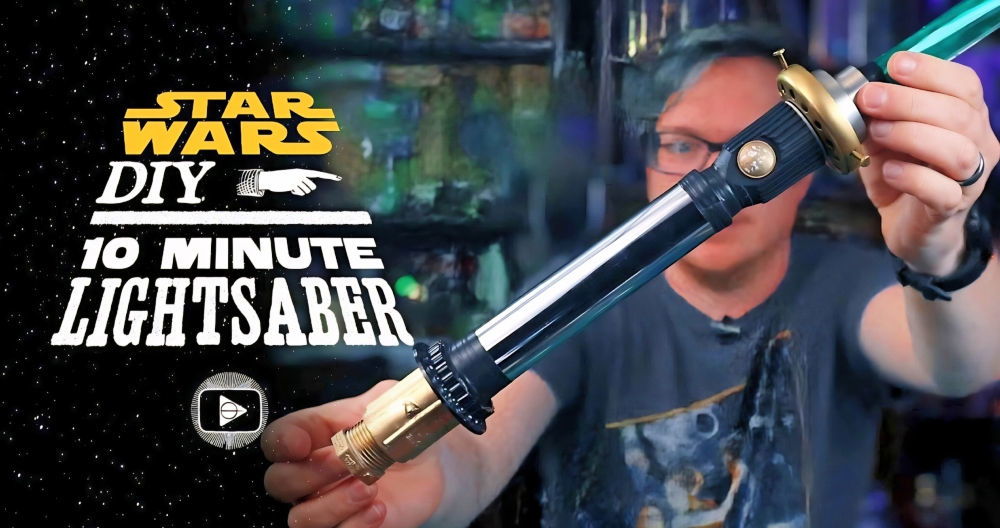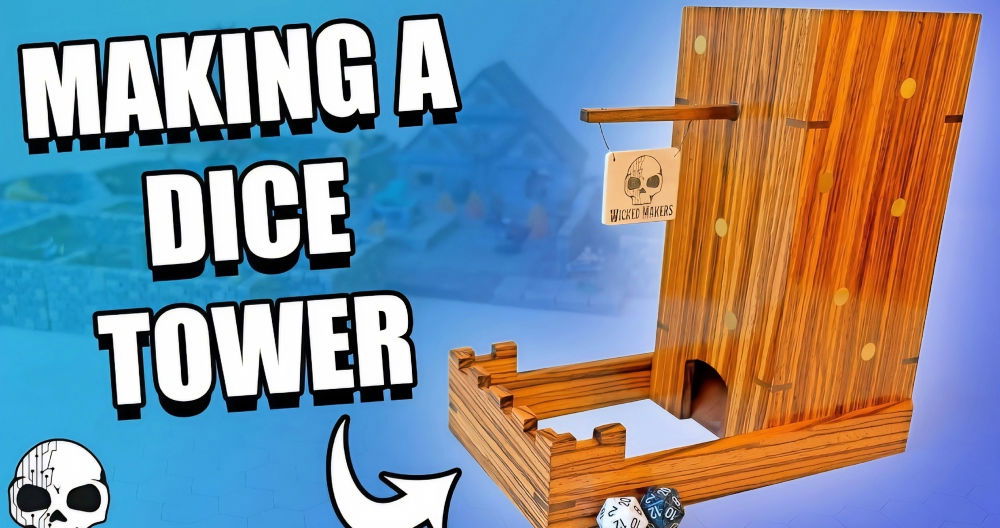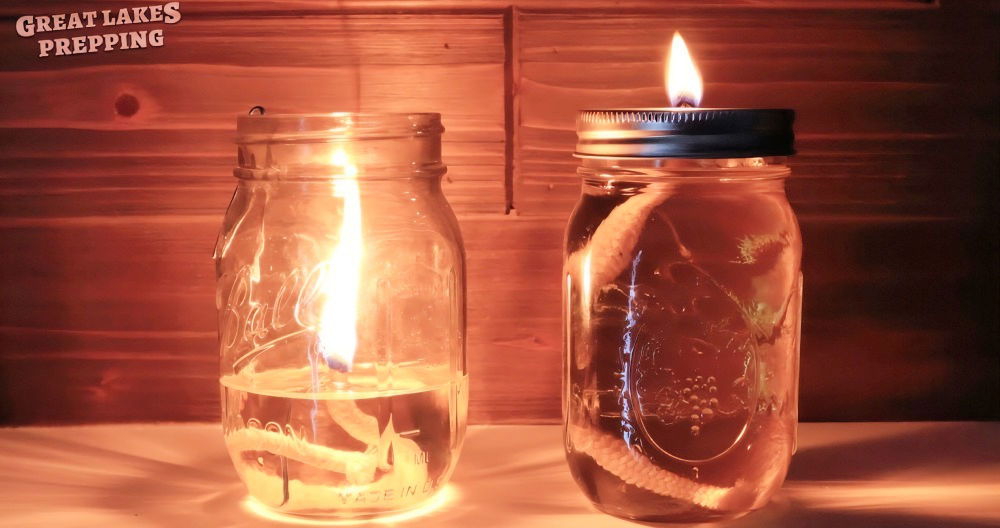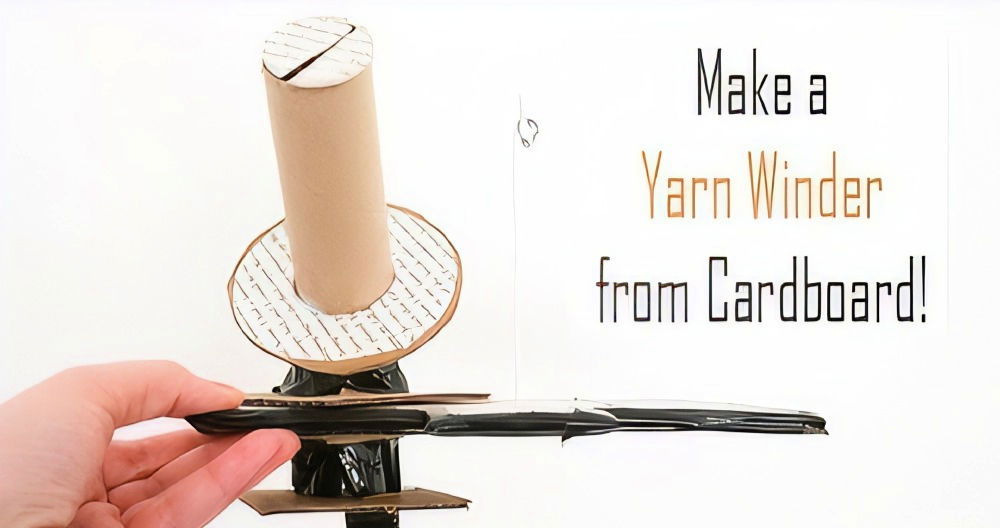If you've ever dealt with squirrels invading your garden or home, you know how frustrating it can be. These agile creatures can cause significant damage to plants, wiring, and property. Many homeowners are hesitant to harm these animals but still need an effective solution. This guide will walk you through building a DIY squirrel trap that safely captures squirrels without hurting them.
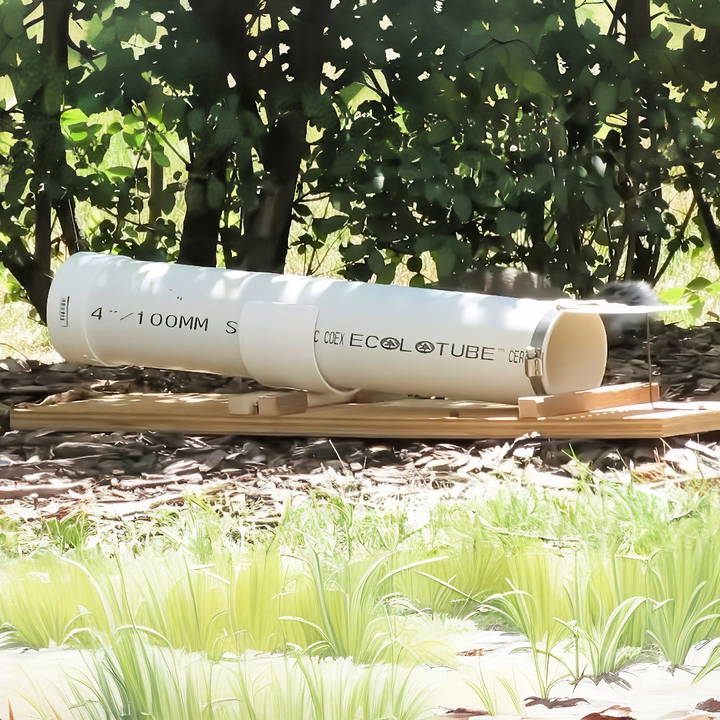
In this step-by-step guide, you'll learn how to build a DIY squirrel trap using common household materials, ensuring the process is safe for both you and the squirrels. This humane trap ensures the squirrel remains calm during capture and can be easily released into the wild afterward.
Materials and Tools You'll Need
Before you get started, gather the following materials and tools to build the trap. Most of these are readily available in hardware stores or even lying around your home.
Materials:
- 4-inch PVC pipe: 24 inches long (main body of the trap)
- 4-inch PVC coupler: Fully adjustable, attaches to the main pipe
- 4-inch PVC cap: Secures one end of the pipe (use silicone adhesive instead of PVC glue for adjustability)
- 3/4-inch plywood: Base of the trap, cut to 9 inches x 32 inches
- Sheet metal (Betty Crocker Pizza Crisper): Door material, around 12 inches in diameter
- Magnets: Small magnets to help secure the door
- Hinge: A simple hinge from a bi-fold door (attaches the door to the pipe)
- Screws: For securing parts to the base and pipe
- Silicone adhesive: For securing non-permanent connections like the door hinge and PVC cap
- Peanuts: For baiting the trap
Tools:
- Drill and drill bits
- Screwdriver
- Measuring tape
- Utility knife or saw
- Pliers
- Marker or pencil
Step by Step Instructions
Learn how to make a DIY squirrel trap with our simple step-by-step instructions. From cutting PVC pipe to setting up the trap and releasing squirrels safely.
Step 1: Cut the PVC Pipe
Start by cutting your 4-inch PVC pipe to a length of 24 inches. This will serve as the main body of the squirrel trap. Ensure the edges are smooth to prevent any injury to the squirrel.
Why 24 Inches?
This length gives the squirrel enough room to enter the trap, walk toward the bait, and trigger the mechanism. It's important to have enough space for the squirrel to feel comfortable walking inside.
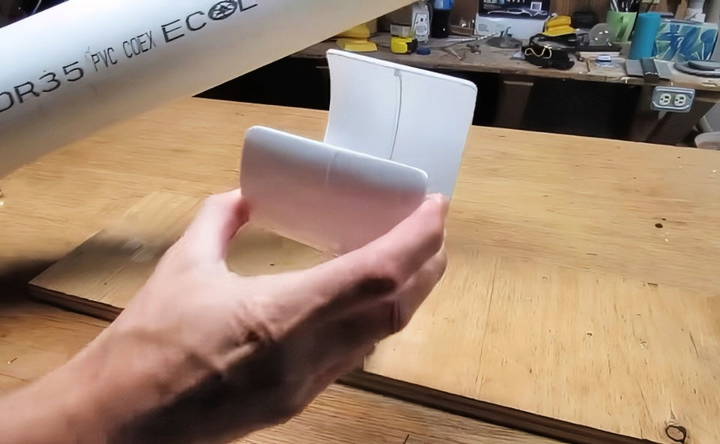
Step 2: Attach the PVC Coupler
The 4-inch PVC coupler connects to the pipe, allowing you to build a tipping mechanism. Cut a 3 ½-inch section out of the coupler so that the pipe can pivot once the squirrel enters.
The tipping mechanism is essential for this trap to work. As the squirrel walks toward the back of the pipe, the weight causes the pipe to tip down, closing the door.
Step 3: Build the Base
Next, cut your plywood to a size of 9 inches by 32 inches. This will serve as the base of your trap. The extra length provides stability when the squirrel enters, ensuring the trap remains balanced when the pipe tips.
Use 2-inch blocks under the pipe to elevate it slightly off the base. This helps build the tipping mechanism, allowing the pipe to tilt when the squirrel moves toward the bait.
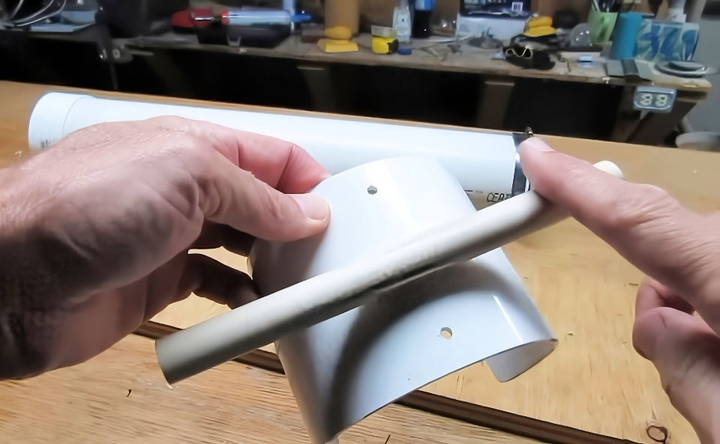
Step 4: Attach the PVC Cap
Seal one end of the PVC pipe using a 4-inch PVC cap. Do not glue the cap on. Instead, use a few dabs of silicone adhesive. This allows you to remove the cap easily if you need to make adjustments later. The cap prevents the squirrel from escaping once it's inside.
Step 5: Build the Trap Door
For the door, cut a piece of sheet metal (use a Betty Crocker pizza crisper or a similar item) into an oval shape. The door will be attached to the front of the PVC pipe.
To make the door:
- Trace the outline of the PVC pipe on the sheet metal.
- Extend the edges of the circle by 1 ½ inches to build the oval shape.
- Cut along the lines, ensuring the edges are smooth.
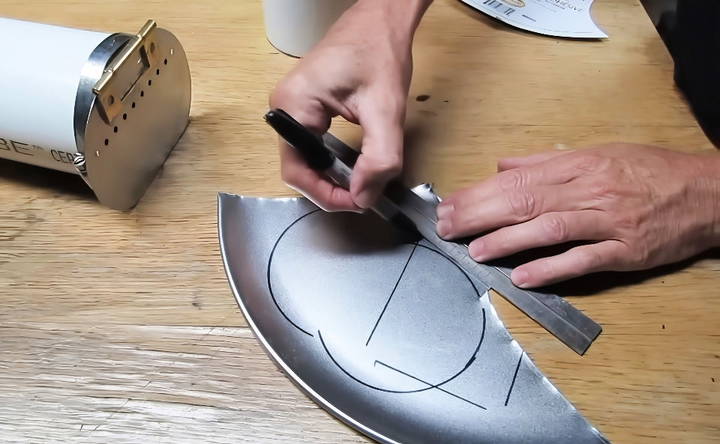
The oval shape makes it easier to open the door when releasing the squirrel. Attach the door to the pipe using a bi-fold door hinge and silicone adhesive. This hinge allows the door to swing open easily when the trap is tipped, facilitating easy release.
Step 6: Install the Door Mechanism
Once the squirrel enters the trap and the pipe tips, you want to ensure that the door stays closed. Here's where small magnets come in handy. Attach a couple of small magnets to the door and the front of the pipe, ensuring that the door stays shut when the trap tips forward.
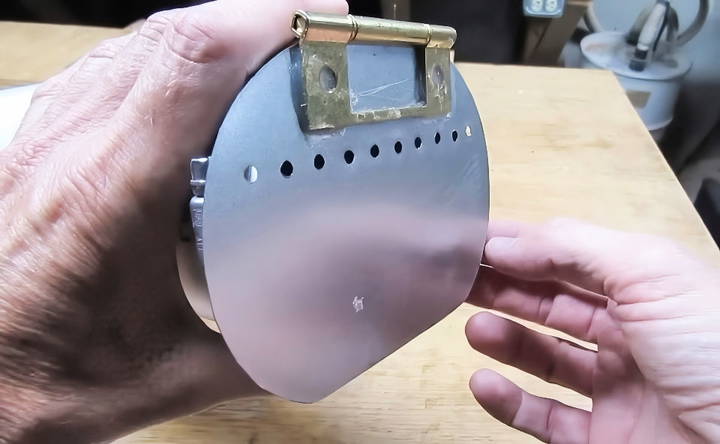
Step 7: Fine-Tune the Mechanism
To keep the pipe from tipping too easily, install a simple counterbalance system. Use a coat hanger to build an adjustable door holder that controls when the trap closes.
- Cut a piece of coat hanger wire to 4 inches by 3 inches and form a loop at the end.
- The idea is that the squirrel's full weight will tip the pipe, not just when it lightly touches the wire.
Adjust the coat hanger's position so that the trap doesn't trigger prematurely. The squirrel must fully enter the pipe and place its weight toward the back before the door closes.
Step 8: Bait the Trap
Now that your trap is fully assembled, it's time to bait it. Peanuts are an excellent choice because they're cheap, easy to clean up, and squirrels love them.
- Place a few peanuts toward the back of the pipe.
- Add one peanut near the entrance to attract the squirrel.
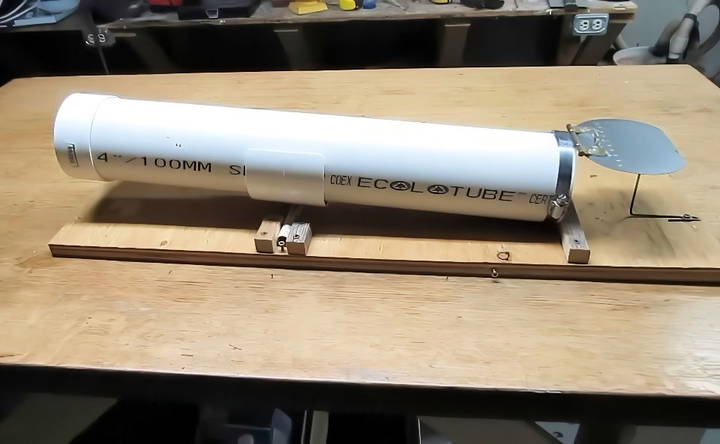
When the squirrel sees the first peanut, it will grab it and leave. However, after seeing the peanuts further inside, it will return and fully enter the trap to retrieve them.
Step 9: Set Up and Monitor the Trap
Place the trap in an area where you've seen squirrel activity. Make sure it's stable and secure on the ground. Check the trap regularly to ensure the squirrel doesn't remain trapped for too long.
Safety and Legal Considerations:
Before setting up your trap, check your local laws regarding squirrel capture and release. In some areas, trapping squirrels may require a permit or may be prohibited. Always adhere to local wildlife laws.
Step 10: Releasing the Squirrel
Once the squirrel is trapped, you'll need to transport it safely to a release site. Use a bungee cord to secure the PVC pipe by attaching it from one screw to the other across the tube.
To release the squirrel:
- Tilt the trap backward.
- Open the door by flipping the sheet metal upwards.
- Allow the squirrel to calmly exit and run off.
It's important to choose a suitable release area, far from your home, and one where the squirrel will have access to food and shelter.
Troubleshooting and Adjustments
If your trap isn't working as expected, there are a few things you can adjust:
- Door Sensitivity: If the door closes too soon, adjust the coat hanger wire to require more weight before triggering the trap.
- Trap Stability: Ensure the base is stable and the pipe can pivot smoothly.
- Bait: If squirrels aren't entering the trap, try a different bait such as sunflower seeds or almond butter.
Conclusion
Building your own DIY squirrel trap is a cost-effective, humane way to manage squirrel problems around your home or garden. With just a few basic materials and some simple adjustments, you can build a reliable, safe, and easy-to-use trap. Always remember to check your local wildlife regulations before setting up your trap, and handle all captured animals with care and respect.
This humane approach ensures that you can safely relocate squirrels without causing harm to them or damage to your property.
FAQs About DIY Squirrel Trap
Find answers to your FAQs about DIY squirrel traps. Learn how to build and use an effective squirrel trap at home with our expert tips.
The materials for this DIY trap are inexpensive. The main components like PVC pipe, plywood, and magnets can be found in most hardware stores for around $20, depending on your location. If you already have some of the materials at home, the cost can be even lower.
No, the trap is designed to prevent escape. Once the squirrel enters the PVC pipe and the mechanism tilts, the door shuts securely with the help of magnets. The squirrel will not be able to open the door or chew its way out.
You can transport the trap using a bungee cord to secure the PVC pipe. To release, simply tilt the trap backward and flip open the door. The squirrel will calmly exit the trap. Make sure you release it far enough from your home to prevent return visits.
Yes, the trap can be adjusted to catch smaller animals like rats or chipmunks by modifying the trigger sensitivity. Ensure the animal’s weight triggers the door properly. Some users have also modified the design for different animals.
Peanuts, either shelled or unshelled, are the most effective bait. They are inexpensive and easy to clean up. You can also try peanut butter for a stronger scent if squirrels aren’t entering the trap.
While this trap was designed for squirrels, you can scale up the design to trap larger animals. You may need to use larger PVC pipes and adjust the trigger mechanism to handle the weight of bigger animals.
To prevent the squirrel from prematurely triggering the trap, you can place a cardboard box or some other barrier over the back half of the trap. This stops them from climbing on top and falsely setting off the door.
Experts recommend relocating the squirrel at least 5 miles from your home to prevent it from returning. Be sure to check local regulations, as relocation laws vary depending on your location.
Yes, any trap can pose a risk if not used responsibly. Ensure the trap is placed in an area where children or pets won't accidentally interact with it. As one user suggested, using a curved wire can help eliminate sharp edges that might cause injury.
If you're using the trap in hot weather, the inside can become too warm for the trapped squirrel. You can drill small ventilation holes near the front to increase airflow, but be cautious not to make them large enough for the squirrel to chew on.
Squirrels may become wary after repeated use of the trap. You can try changing the location of the trap, adjusting the bait, or leaving the trap out for a few days without setting it to allow them to get used to it.


